ENVIRONMENTAL PRODUCT DECLARATION
It is a declaration containing clear, understandable, verified and relevant information on the environmental impacts of products and services.
Regulated by ISO 14025, the EPD contains declarations that allow the quantification of the environmental impacts associated with a product life cycle, calculated through an LCA assessment. It is a Type 3 ecological label and as such is subject to independent control by a third party.
Eurobatex certification
Eurobatex HF certification
Eurobatex SC certification
Eurobatex SC self-adhesive certification
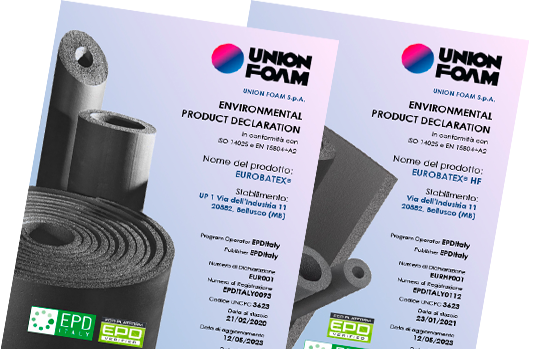
We have subjected 90% of our annual production to a Life Cycle Assessment (LCA). This analysis can be a starting point in terms of research and development to improve the production process of our products with a view to reducing environmental impact.
Thanks to the LCA study, it was also possible to compare the energy consumption required to produce 1 m3 of insulation material with the energy savings resulting from its use.
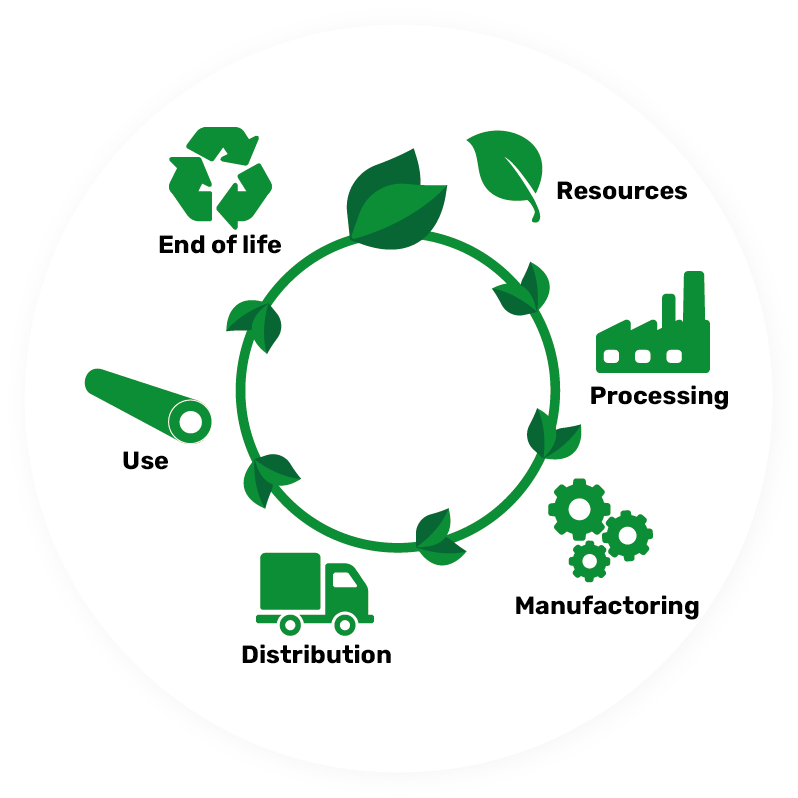
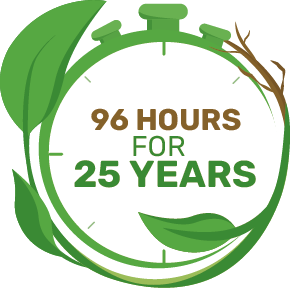
The energy consumption necessary for the production of these materials is totally absorbed by the energy savings obtained in the first 96 hours of their use as thermal insulation products over their life- span of 25 years
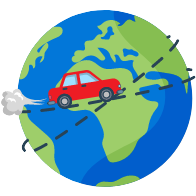
The use of these materials, over their 25-year life span, prevents the release of 89.740 kg of CO2, which is approximately equal to the emissions of a typical petrol fueled car that travels 7 times the earth's circumference
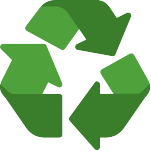
We reuse about 50,000 kg of thermal insulating material for the production of sound-absorbing panels
green building
This is a much broader concept than simple energy efficiency; which includes topics such as:
| Water saving, | ||
| The reduction of pollutant emissions, | ||
| The use of recovered / recycled materials, | ||
| The thermal, acoustic and visual well-being of the occupants, | ||
| Site accessibility, alternative transport systems, | ||
| Sustainable management of the construction site, | ||
| Control and reduction of all the environmental impacts of a building. |
BREEAM is one of the most widely used environmental assessment methods for buildings in the world, with more than 200,000 certified buildings. BREEAM is a voluntary certification system, which defines sustainable design, construction and management criteria through pre-established parameters and by reference to recognized standards.
In order to quantify the contribution of our products to the process of obtaining BREEAM certification, we have subjected the Eurobatex, Eurobatex HF, Eurobatex SC and Eurobatex LS product ranges to a careful analysis (mapping); the results of which can be found in the following documents.
Eurobatex mapping
Eurobatex HF mapping
Eurobatex SC mapping
Eurobatex LS mapping
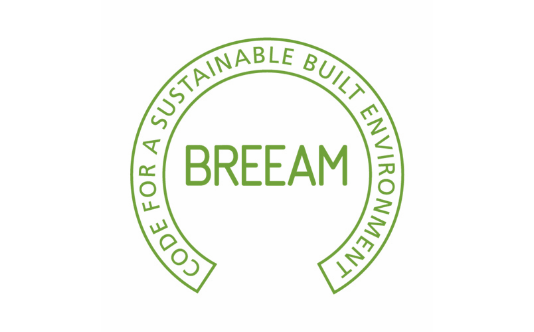
LEED is a voluntary certification program that can be applied to any type of building (both commercial and residential) and concerns the entire life cycle of the building itself, from design to construction.
The LEED standard is based on a system of prerequisites and credits, divided into categories or families, each based upon the thematic area to which they belong. The prerequisites are mandatory for obtaining the certification; the credits are chosen based on the project objectives and determine the final score obtained by the building, thanks to which the level of certification achieved is established.
In order to quantify the contribution of our products to the process of obtaining LEED certification, we have subjected the Eurobatex, Eurobatex HF, Eurobatex SC and Eurobatex LS product ranges to a careful analysis (mapping); the results are available in the following documents.
Eurobatex mapping
Eurobatex HF mapping
Eurobatex SC mapping
Eurobatex LS mapping
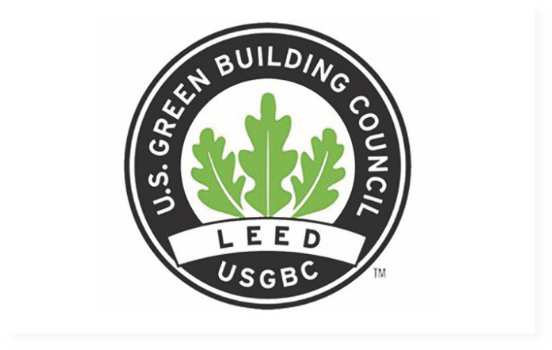
DGNB, Deutsche Gesellschaft für Nachhaltiges Bauen (German Sustainable Building Council), is one of the most relevant European certification protocols.
It takes into account the entire life cycle of a project and evaluates its overall performance according to the following aspects: environmental, economic and sociocultural quality as well as technical, process and site quality.
The certification system is based on different criteria and indicators and allows the project to achieve a final score and following Platinum, Gold or Silver certification by fulfilling a series of requirements and prerequisites.
In order to provide the contribution of our products to the process of obtaining a DGNB certification, we have subjected the Eurobatex, Eurobatex HF, Eurobatex SC and Eurobatex LS products range to a careful analysis, the results of which can be found in the following documents.
Eurobatex mapping
Eurobatex HF mapping
Eurobatex SC mapping
Eurobatex LS mapping
Greencard
bim - building information modeling
The digital objects contained in the libraries allow to enter and share technical and information data relating to the EUROBATEX thermal insulation products.
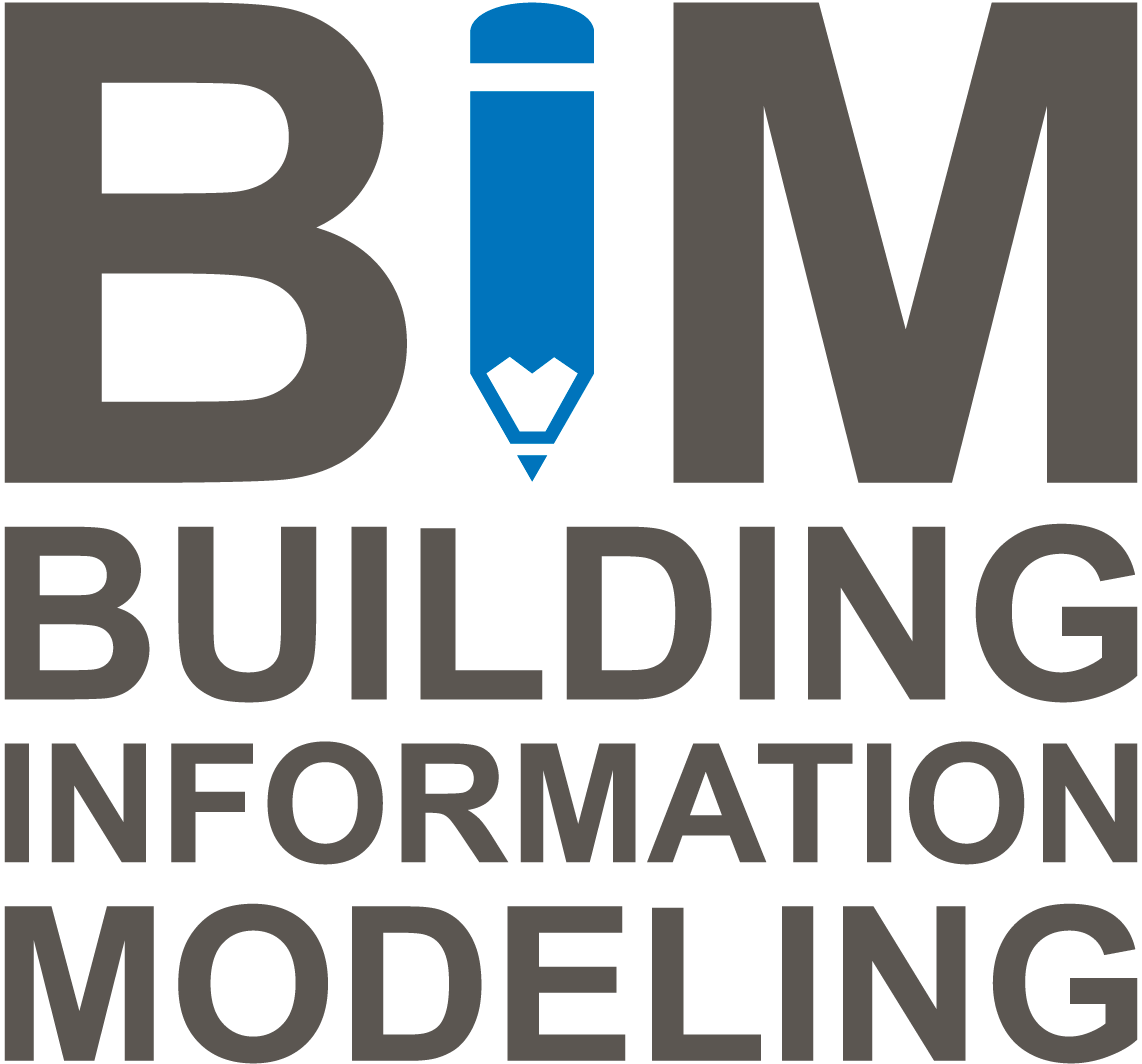
packaging
More bars per box brings benefits to transporters, as the volume transported is reduced, as well as an advantage to our customers due to less space required for storage and less packaging to dispose of.
In addition, we are paying more and more attention to the materials that make up the packaging itself: the cardboard of our packaging contains a percentage of recycled material and is itself 100% recyclable; we commit to purchase only cardboard packaging that falls within the FSC® (Forest Stewardship Council) forestry certification system; all the plastic bags used for our sheet packaging are produced entirely with 100% post-industrial recycled material.
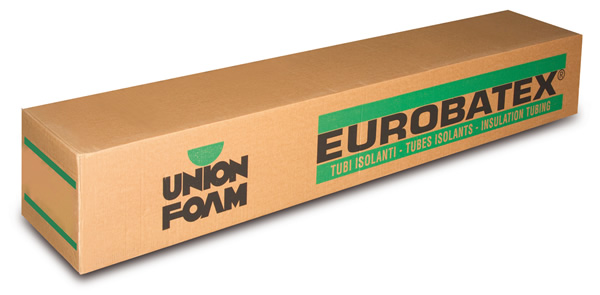
BIOBASED RAW MATERIALS
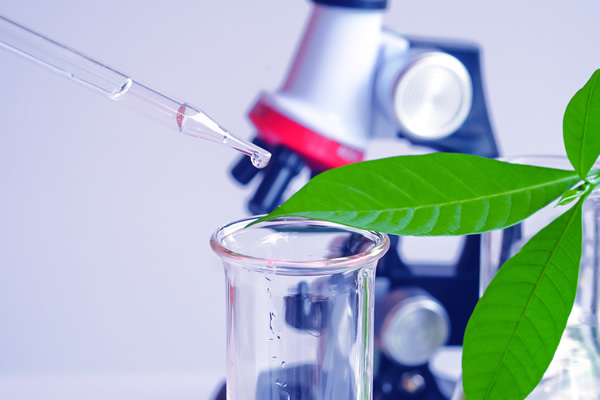
CIRCULAR ECONOMY
The term Circular economy refers to an economy designed to regenerate by itself; it is therefore an economic system planned to reuse materials in subsequent production cycles, reducing waste to a minimum. There are several methods tp apply a circular economy model to a manufacture activity. One of these involves turning outputs into inputs (a waste product becomes a secondary raw material). Union Foam has committed to this by producing acoustic insulation product (Eurobatex OC) from previous foam waste.

We use about 50% of our production waste to manufacture Eurobatex OC.
Thanks to the partnership with a specialist third-party elastomeric waste becomes one of the raw materials necessary to the production of sound-proof insulation, a part of which is returned to Union Foam as EUROBATEX OC.
This process has a low impact on the environment since re-using FEF waste means saving about 50,000 kg of raw materials, which implies that no energy is spent (about 5.500.000 MJ) and no CO2 emissions are produced in their manufacturing process.
INTERMODAL TRANSPORT SYSTEM
For a more efficient use of energy and a reduction of overall emissions along the entire transport chain, we are committed to using an intermodal transport system, which involves the use and combination of different means, such as ship, train or truck, to complete a single freight transport.
The major advantages of intermodal transport are the following:
- Reduction of road traffic and environmental impact
- Reduction of costs
- Reliability
- Flexibility
- Sustainability
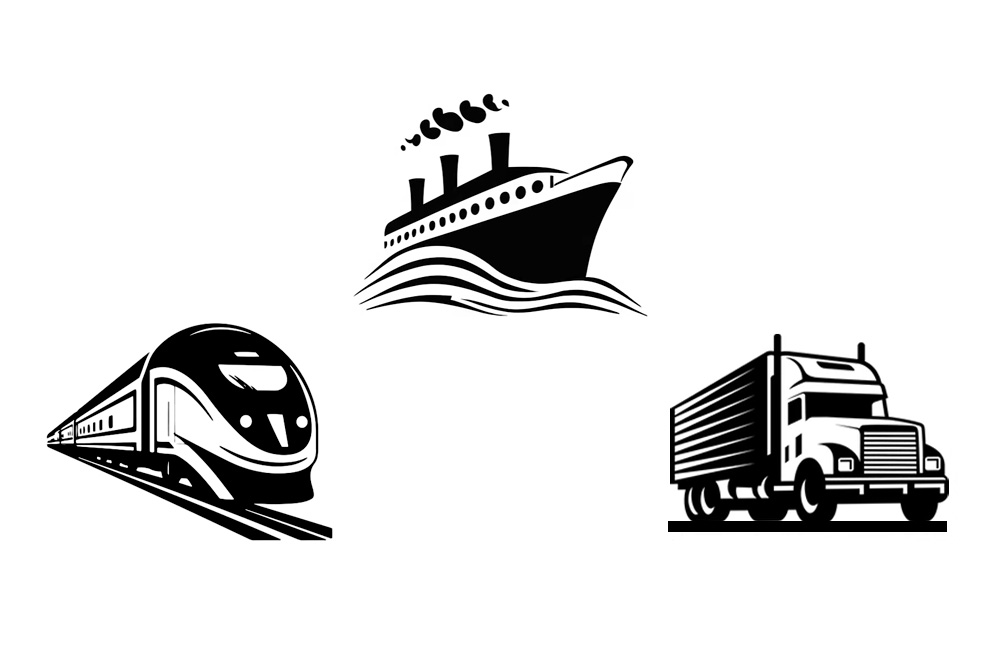
ECOVADIS
The ESG (Environment, Social and Governance) rating includes a series of assessment elements used in the financial sector to evaluate the sustainability of investments from an overall company assessment perspective that goes beyond purely economic results. The platform evaluates companies by measuring their performance on various sustainability criteria, divided into four themes (environment, labor and human rights, ethics, and sustainable procurement) and helps companies identify strengths and areas for improvement, thus facilitating more informed and sustainable management of business activities.
For this purpose, we have been assessed by the Ecovadis platform, receiving a score and a detailed assessment of our ESG performance as a result. We consider the medal we obtained to be an important achievement, since it marks a significant improvement over the previous assessment and represents a concrete evidence of our commitment, our growth and our increasing focus on every area of sustainability.
Our goal is to improve our performance and consequently our rating year by year.
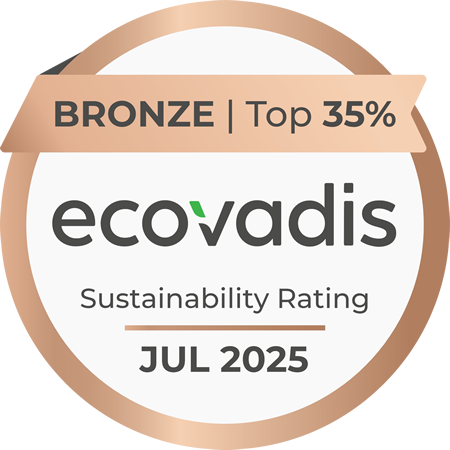
CARBON FOOTPRINT
A Carbon Footprint of Organization (CFO) measures and quantifies the greenhouse gas emissions resulting from a company’s activities and assesses its climate impact in terms of kilos of CO2 equivalent (kgCO2eq).
To increase our awareness of the impact of our activities on the climate and the environment and with the aim of reducing it, we carried out an analysis of our Carbon Footprint, reporting emissions of Scope 1 (direct emissions) and Scope 2 (indirect emissions from energy consumption).
From this first analysis on, the reduction of greenhouse gas emissions related to our production activity will be a persistent goal for our organisation.
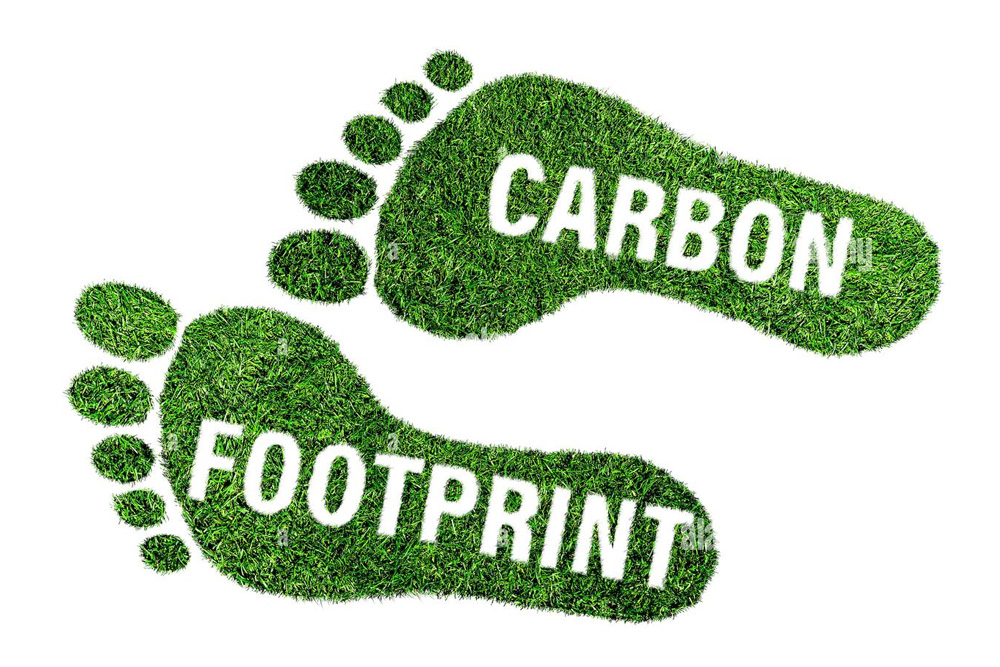
INDUSTRY 4.0
"Industry 4.0" is a national plan that was launched and promoted by the Italian Government in 2016. The concept is based on the idea of a ‘Smart Factory’ which has the following key features:
• Smart Production: new production technologies that create collaboration between all the production elements that is co-operation between operator, machines and tools.
• Smart Service: consisting of the "IT infrastructures" and techniques that allow systems to be integrated within a company. As well as ‘smart services’ which allow separate companies to interact more efficiently with each other and with the external infrastructure (including road transport, warehouse facilities, waste management centers etc.).
• Smart Energy: the creation of better performing systems which have amongst their main objectives the reduction of energy waste according with the established international norms for sustainable energy use.
We are pleased to announce that Union Foam is participating in this innovative project, which guarantees the implementation of high quality Process and Product Quality Control, as well as tracking all significant business activities with the aim of reducing their Environmental Impact.
In fact, we believe that by using the best features of new technology, innovation and human resources, we will be able to ensure better management of the environment for the benefit of present and future generations.

